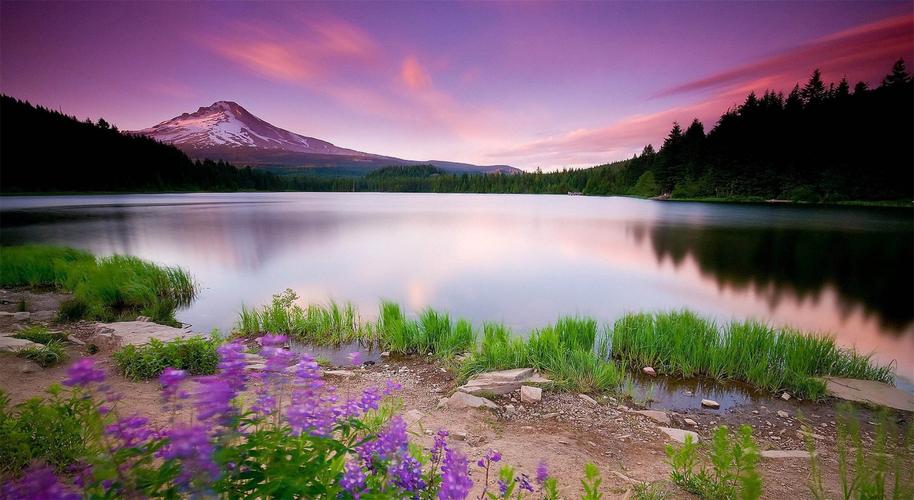Preserving Cultural Heritage: The Importance of Photography
The richness of a nation’s cultural heritage is something that is priceless. For every country, there are nuances, beliefs and customs that define who we are as a people. These traditions and cultures are shaped over many years and are passed down from generation to generation. They play an enormous role in maintaining a sense of community identity. Culture defines who we are and shapes our personal and collective values. But as the world changes faster than ever, our cultural heritage faces an ever-changing environment.
The cultural heritage of a country encompasses many different aspects – from architecture to art, literature and music, down to the way people dress, eat and live. Therefore, preserving cultural heritage can be a daunting task. Fortunately, photography, as an art, has played a vital role in keeping our cultural heritage alive.
Photography is an incredibly powerful medium because it can capture moments in time, and preserve them for years to come. It captures not only the structure of buildings, but also the feelings and emotions of the people that inhabit them, making it a useful tool for preserving the cultures and traditions of a community, family or town. Photographs play a crucial role when it comes to preserving cultural heritage for many reasons.
Firstly, photographs can offer a glimpse into the past, providing us with a window into how things used to be. They can offer up details about our ancestors, their lifestyle and provide insights into their daily lives. When it comes to preserving historic buildings, for instance, we can see how they were built, how they have changed over time or how they have withstood challenges like war, weather or natural disasters.
Secondly, photographs can educate us. In addition to allowing us to examine past cultures, traditions and ways of life, they can also teach us about the cultures of OTHER people, countries or religions. This can increase our understanding of the larger world, reduce prejudice, and promote better cultural relations.
Lastly, photographs hold a sentimental and personal value for people in many cultures. They serve as an important part of family history, capturing unique moments, events, and milestones. Moreover, photographs serve as a way to commemorate cultural heritage and help establish a sense of continuity with both past and present generations.
In Conclusion, preserving cultural heritage through photography is a crucial step in maintaining and fostering cultural identity. The power of photography to capture moments and preserve them for generations to come make it an essential tool in cultural preservation. Therefore, it is important for governments, photographers, and individuals to support and undertake initiatives aimed at documenting and preserving elements of cultural heritage that are fading away over time. We must recognize the value of our cultural heritage, celebrate it, and take concrete steps to preserve it for future generations.
(Note: Do you have knowledge or insights to share? Unlock new opportunities and expand your reach by joining our authors team. Click Registration to join us and share your expertise with our readers.)
Speech tips:
Please note that any statements involving politics will not be approved.
